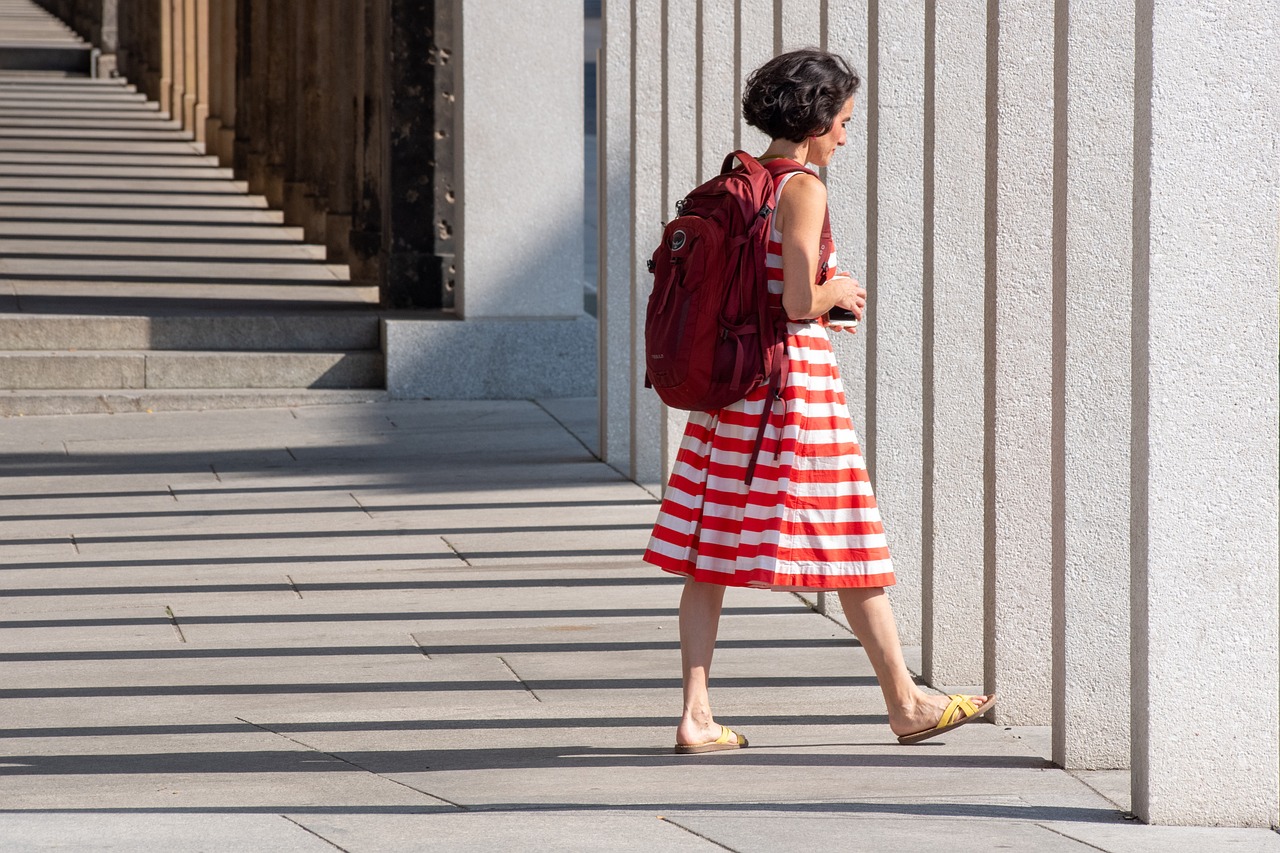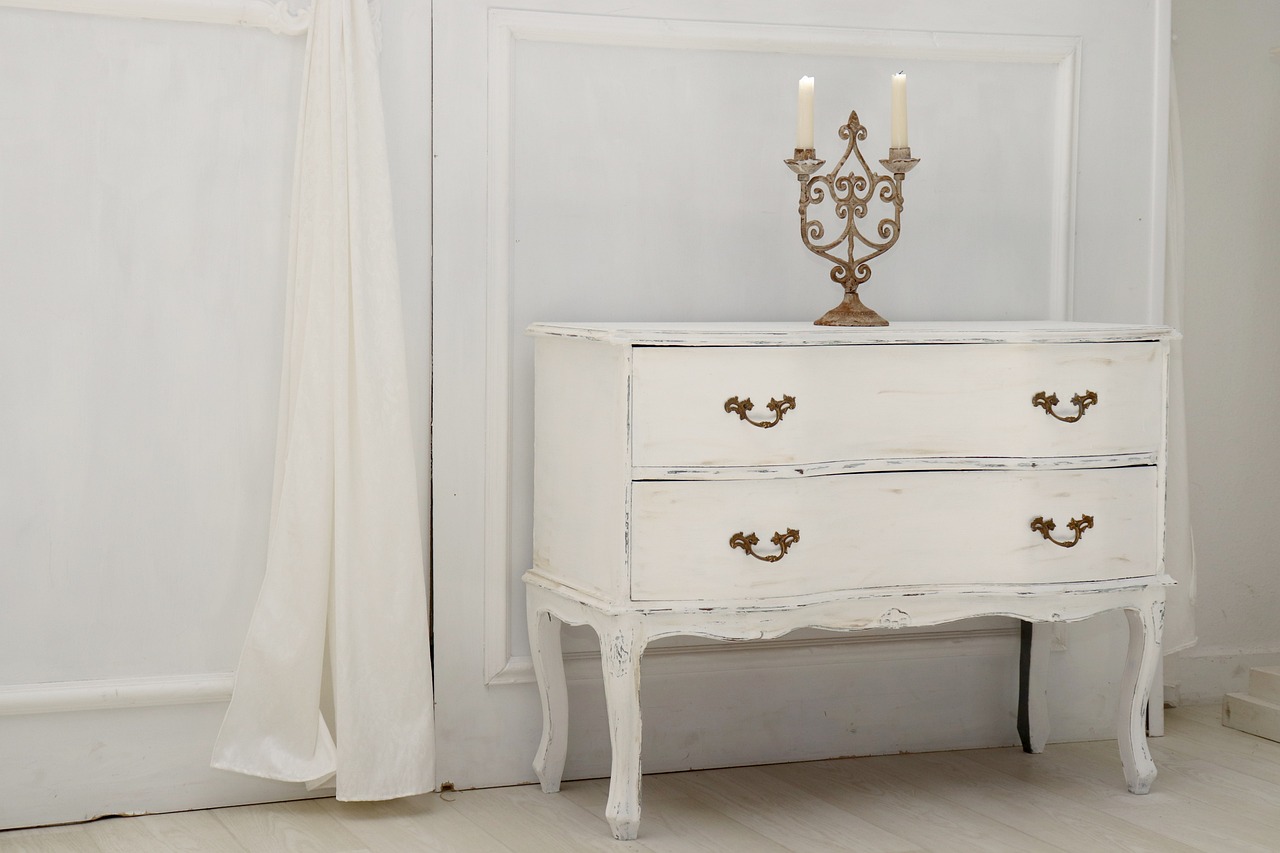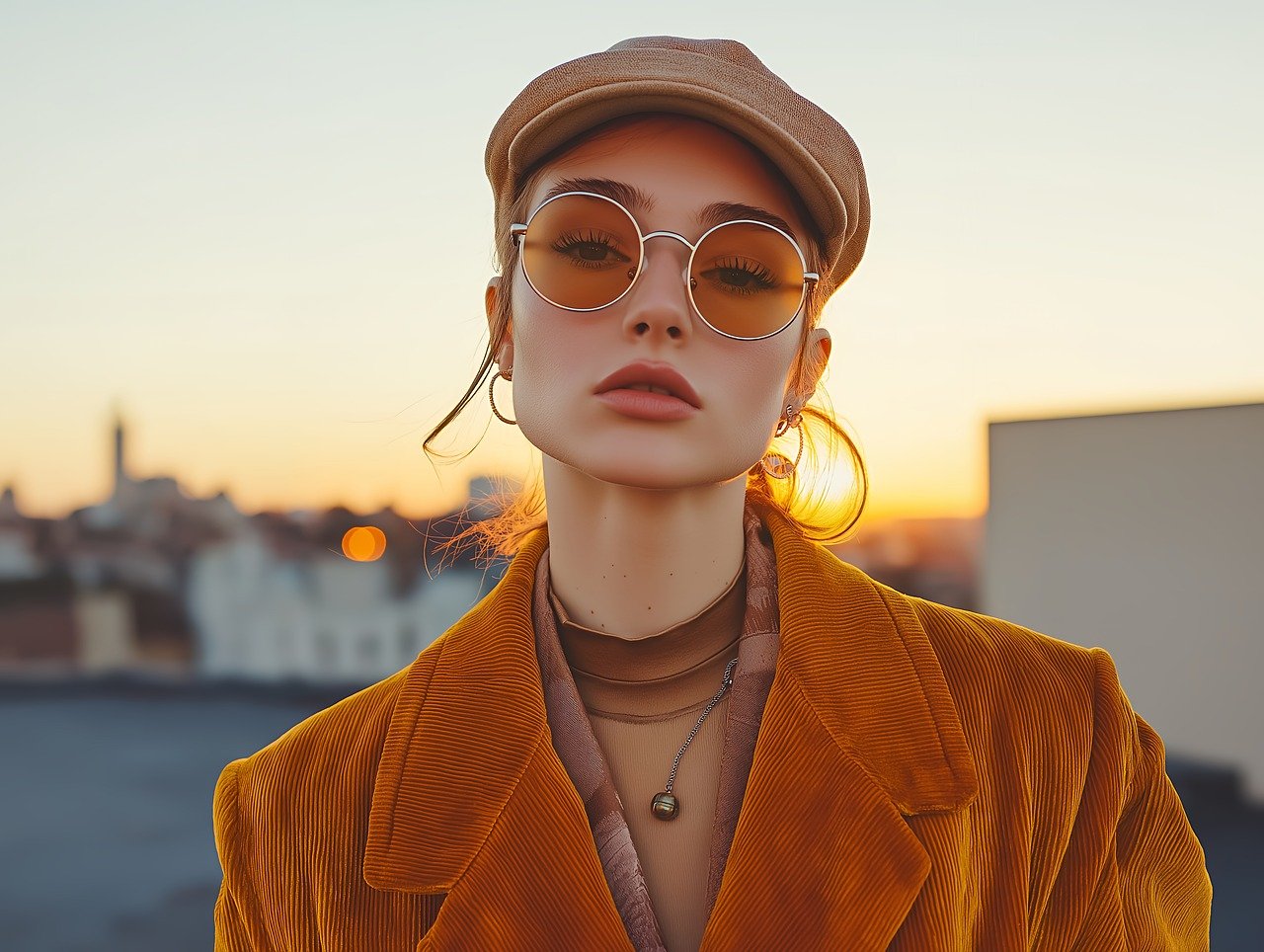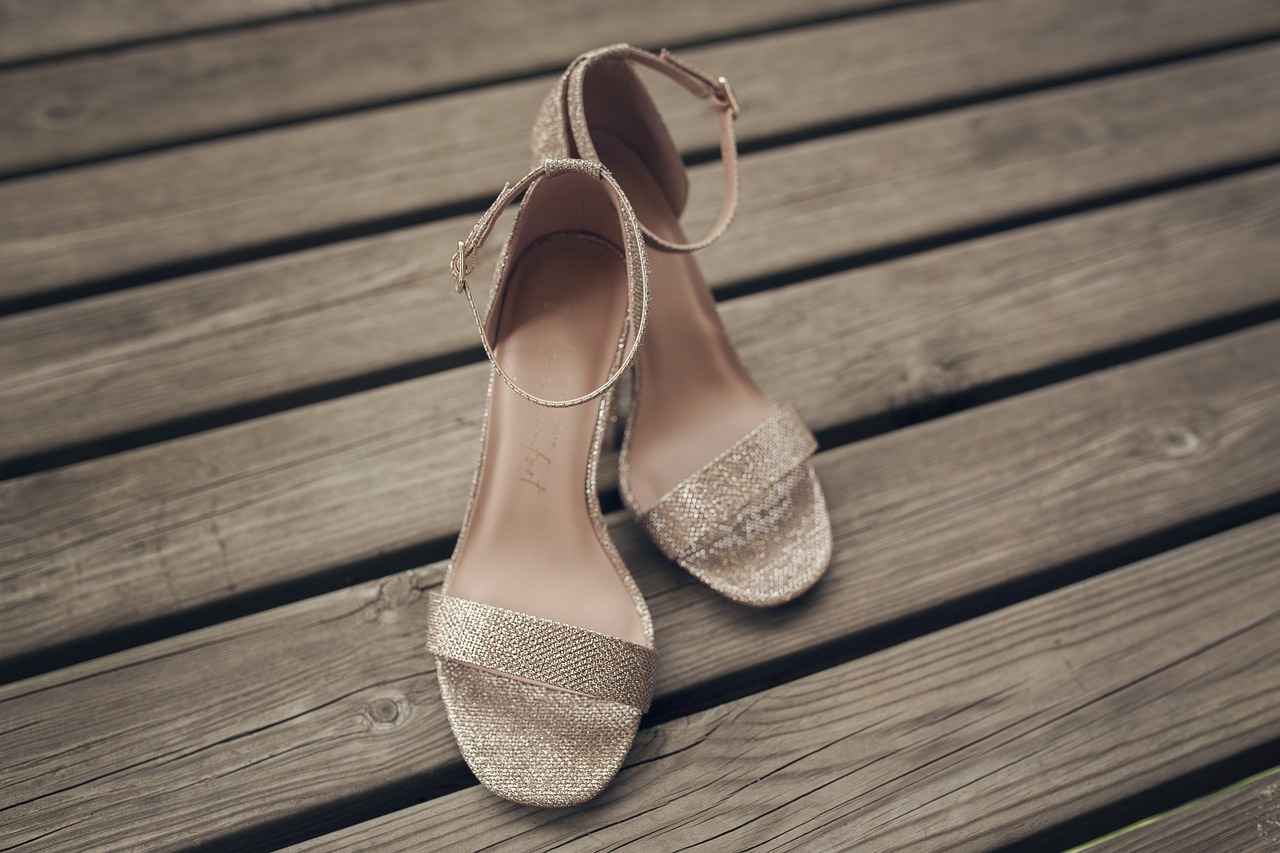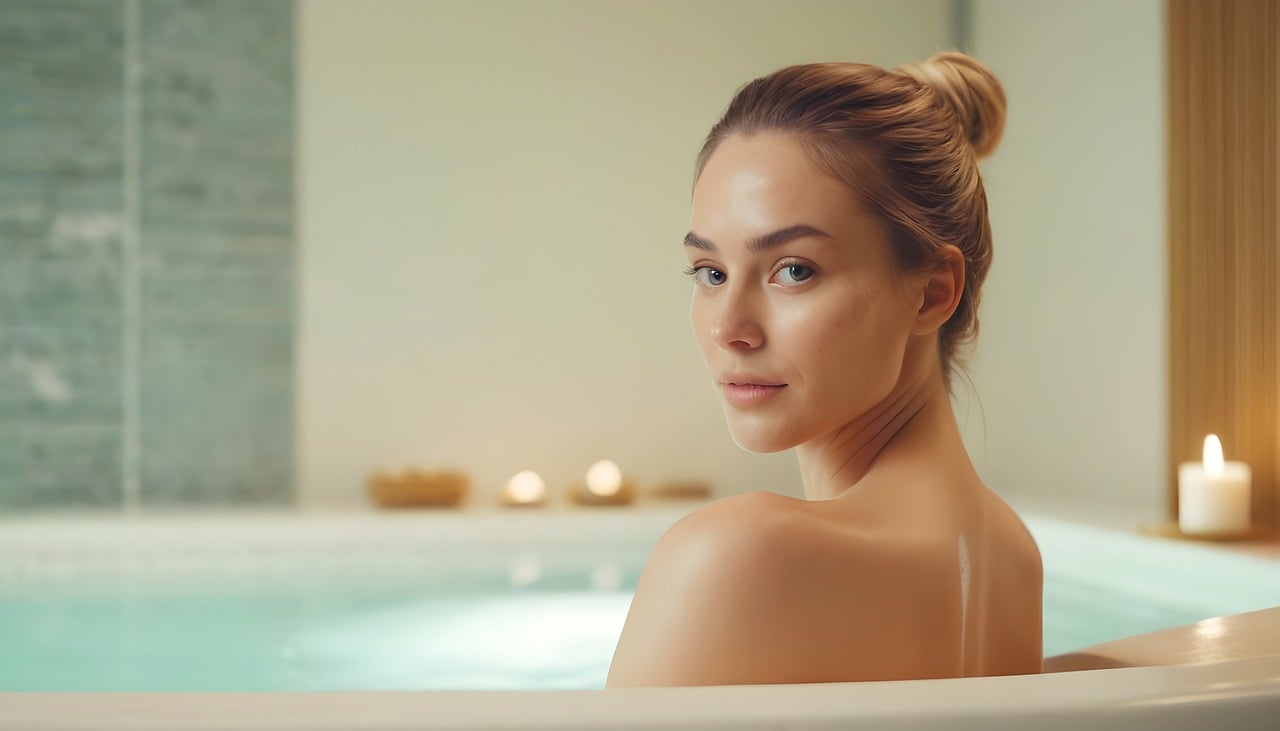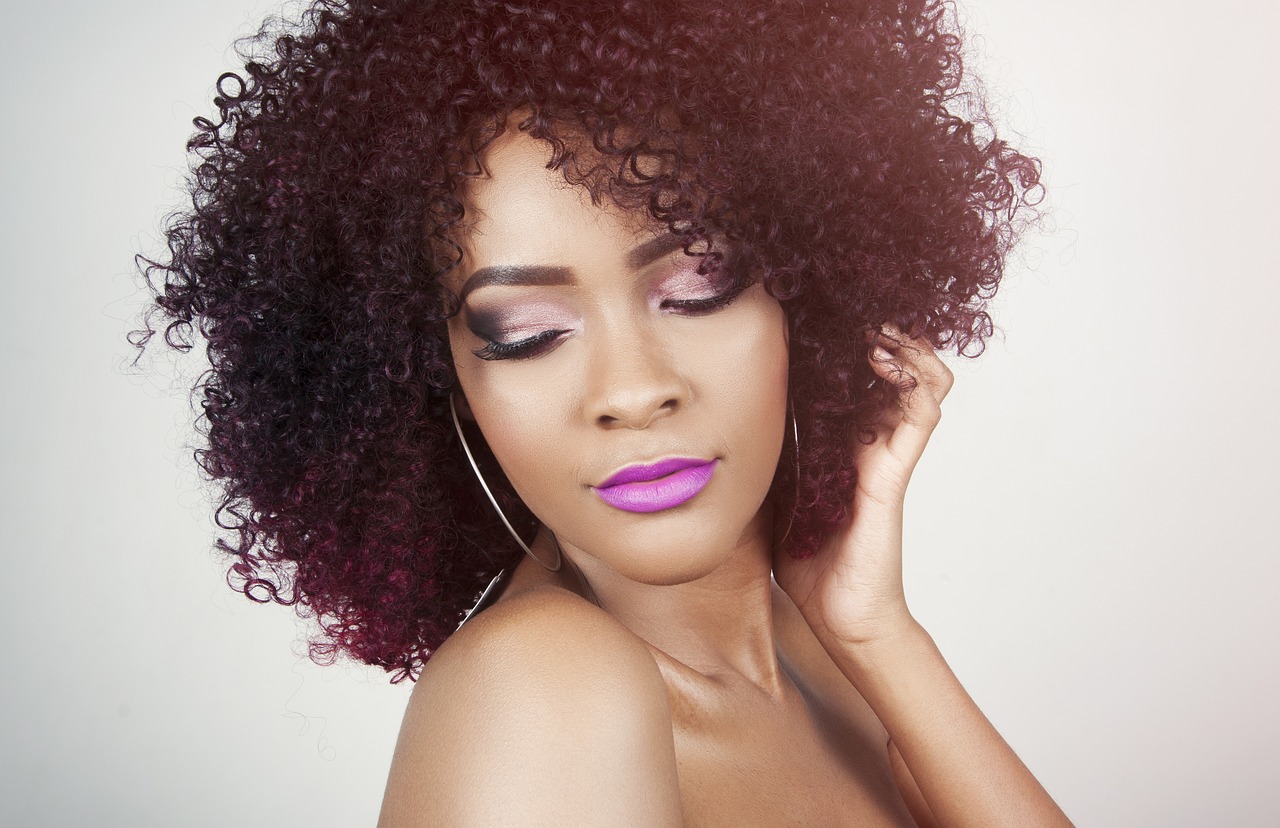Creating a well-balanced outfit is the cornerstone of great style. It’s about understanding proportion, color, texture, and how all the elements of an outfit come together harmoniously. A balanced outfit allows you to feel confident, look effortlessly put-together, and express your personality without overdoing it. Whether you’re dressing for a casual day out or a special occasion, finding balance in your wardrobe is key to feeling comfortable and stylish. Here, we explore practical tips for creating a balanced outfit that works for every situation.
Proportion Is Key
One of the most fundamental aspects of creating a balanced outfit is getting the proportions right. Proportions refer to how different items of clothing fit together, taking into account their shapes, lengths, and how they work on your body. A good rule of thumb is to balance looser items with more fitted ones. For example, if you’re wearing wide-leg trousers, pairing them with a fitted top will create a flattering silhouette. Conversely, if you’re wearing a flowy blouse, try styling it with skinny jeans or a pencil skirt to maintain that balance.
High-waisted bottoms are also a great way to achieve balanced proportions, as they lengthen the legs and create a defined waistline. Cropped tops paired with high-waisted pants or skirts give a balanced, hourglass shape that flatters most body types. Playing with proportions can make an outfit more interesting, and when done correctly, it can help accentuate your best features.
Balance Colors Thoughtfully
Color balance is essential in creating a cohesive outfit. Too many bold colors can be overwhelming, while an all-neutral palette might feel too safe. The trick is to find a balance between vibrant colors and neutral tones. A good rule is to incorporate one statement color and balance it with neutrals like black, white, beige, or gray. For instance, if you’re wearing bright red trousers, pairing them with a white blouse and black shoes can help ground the look.
Another approach is to use the color wheel to create complementary combinations. Colors that are opposite each other on the wheel, like blue and orange or yellow and purple, can create visually striking yet balanced looks. You can also opt for analogous colors—those that sit next to each other on the color wheel—like blue and green, for a more subtle harmony. Balancing colors thoughtfully helps create an outfit that is eye-catching without being overpowering.
Texture Mixing for Depth
Mixing textures is a wonderful way to add depth and interest to an outfit, but it’s important to do it in a way that feels balanced. Combining different textures creates a tactile experience that can make even the simplest outfits feel more luxurious. For example, pairing a soft knit sweater with a leather skirt creates contrast that is both visually and physically appealing. A satin blouse paired with distressed denim offers a blend of elegance and casual edge.
When mixing textures, try to incorporate a maximum of three different materials to avoid over-complicating the outfit. You want the textures to complement each other, not compete for attention. Consider the season as well—heavy fabrics like wool or velvet are great for winter, while light materials like cotton or linen are perfect for summer. By thoughtfully mixing textures, you can create an outfit that feels rich and balanced, adding an extra layer of sophistication.
Play with Volume
Balancing volume is another key element in creating a cohesive look. When wearing oversized or voluminous clothing, it’s essential to counterbalance it with more tailored or fitted items. For example, if you choose to wear a voluminous maxi skirt, pair it with a fitted tank top or a structured blouse. This way, the large volume of the skirt is balanced by the sleek silhouette of the top, keeping your overall look proportionate.
Similarly, if you’re styling an oversized sweater, pair it with slim-fit trousers or leggings to keep the outfit balanced. This approach works for all body types and ensures that your shape is not lost beneath layers of fabric. Playing with volume adds drama and flair to your outfits while ensuring that you look polished and put-together.
Accessorize with Intention
Accessories are powerful tools for creating a balanced outfit, but it’s easy to go overboard. When accessorizing, think about balance and where you want to draw attention. If your outfit has a lot of detail or bold patterns, keep accessories minimal—a simple pair of hoop earrings or a delicate necklace will suffice. On the other hand, if your outfit is composed of basics or solid colors, statement accessories like a bold necklace, a patterned scarf, or oversized sunglasses can add interest.
Another great tip is to balance the placement of your accessories. If you’re wearing a statement necklace, consider skipping large earrings and opting for smaller studs instead. If you’re wearing stacked bracelets, you might want to keep your neckline free of embellishments. The key is to ensure that your accessories enhance your outfit rather than compete with it. Accessorizing with intention allows you to create a balanced, stylish look without overwhelming your ensemble.
The Rule of Thirds
The rule of thirds is a principle borrowed from art and design that can also be applied to fashion. Essentially, it suggests dividing your body into thirds rather than halves for a more visually pleasing look. For example, instead of wearing a top that ends exactly at your waist (dividing your body in half), choose a longer or shorter top to create a more dynamic division.
High-waisted pants with a cropped blouse is a great example of using the rule of thirds—the shorter top creates a one-third proportion, while the high-waisted pants create the other two-thirds, resulting in a more balanced and flattering look. This principle can be applied to dresses, jackets, and even belts. By following the rule of thirds, you create more interesting and harmonious proportions that draw the eye in a flattering way.
Balancing Prints and Patterns
Prints and patterns can add a lot of personality to an outfit, but they can also be tricky to balance. The key to incorporating prints is to keep one pattern as the focal point and balance it with solid colors or subtle designs. For example, if you’re wearing a floral skirt, pair it with a simple solid-colored top to allow the print to take center stage.
If you’re feeling bold and want to mix patterns, choose prints that share a common color. For instance, stripes and polka dots can work well together if they’re in the same color family. Another approach is to mix prints of different scales—pairing a small, delicate print with a larger, bolder one creates balance and prevents the patterns from clashing. The goal is to make the prints feel cohesive rather than chaotic, ensuring that your outfit remains visually appealing.
Footwear Matters
The shoes you choose can have a significant impact on the balance of your outfit. Chunky shoes, like platform boots or oversized sneakers, work well with fitted clothing because they add weight to the bottom half of your look, creating balance. On the other hand, delicate shoes like ballet flats or strappy sandals pair beautifully with voluminous dresses or wide-leg trousers, as they prevent the outfit from feeling too heavy.
When selecting footwear, also consider the overall vibe you want to achieve. Heels can elevate a casual outfit and make it feel more refined, while sneakers can tone down a dressy outfit for a more relaxed feel. The key is to match the formality and volume of your footwear with your clothing choices to ensure that everything feels cohesive.
Use Belts to Create Shape
Belts are an excellent tool for creating balance, particularly when dealing with loose or oversized clothing. Adding a belt to a flowy dress or an oversized blazer helps define your waist and creates an hourglass silhouette. This small addition can make a significant difference in how your outfit looks and feels, providing structure and preventing the fabric from overwhelming your frame.
Belts can also be used to break up an outfit and create visual interest. For example, a contrasting belt over a monochrome outfit can add a focal point and make the look more dynamic. Whether you choose a wide belt or a skinny one, this accessory can help create balance and add polish to your outfit.
Confidence Is Key
The final tip for creating a balanced outfit is to wear it with confidence. No matter how well-balanced or stylish your outfit may be, the way you carry yourself makes all the difference. Stand tall, walk with purpose, and embrace your personal style. When you feel good in what you’re wearing, it shows, and that confidence will naturally create a sense of balance and harmony in your overall look.
By considering elements like proportion, color, texture, and accessories, you can create balanced outfits that feel polished and put-together. Whether you’re heading to a casual brunch, a business meeting, or a night out, these tips will help you master the art of creating stylish, cohesive looks that make you feel confident and effortlessly chic.


